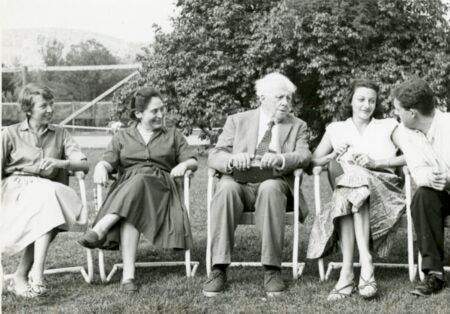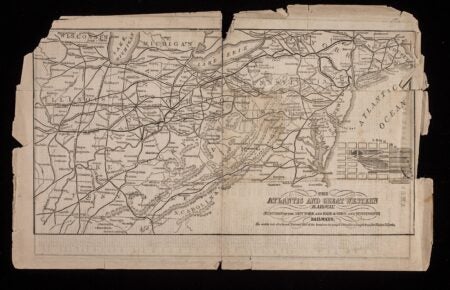What’s new at JSTOR: Enhancing access and engagement with innovative technologies
At JSTOR, our mission is to improve access to knowledge and education for people around the world. We're excited to share several new initiatives leveraging cutting-edge technology to make scholarly materials more accessible, interactive, and engaging for our users. Here's a detailed look at the latest advancements we recently shared at ALA 2024 in San Diego.









